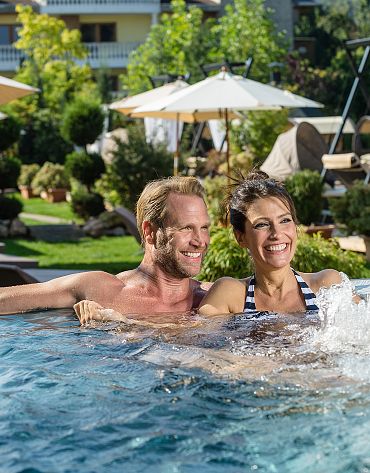Salzkammergut - movement in a landscape of light, water and history
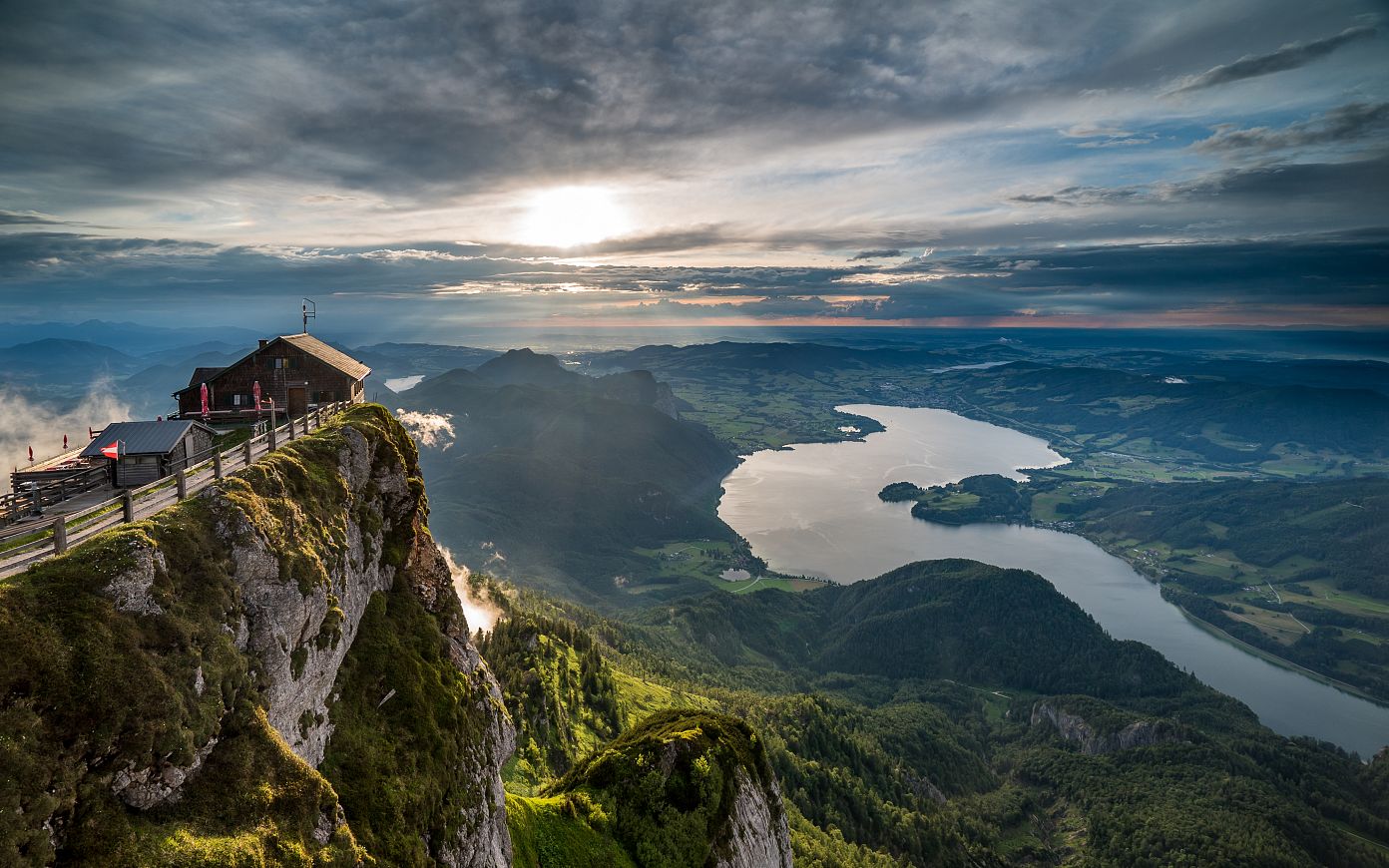
Where colours flow and rocks rise
When lakes shimmer turquoise-green as if someone had turned light into colour, when limestone cliffs rise steeply above alpine valleys and centuries-old paths lead into shady forests, then you have arrived - in the Salzkammergut. This region, which stretches across Upper Austria, Salzburg and Styria, is much more than a classic postcard idyll. It is an evolved cultural and natural area with character, characterised by water, salt, lime and living tradition. And for active sports enthusiasts who not only want to look at nature, but also walk, swim or cross it, it is an almost perfect playground.
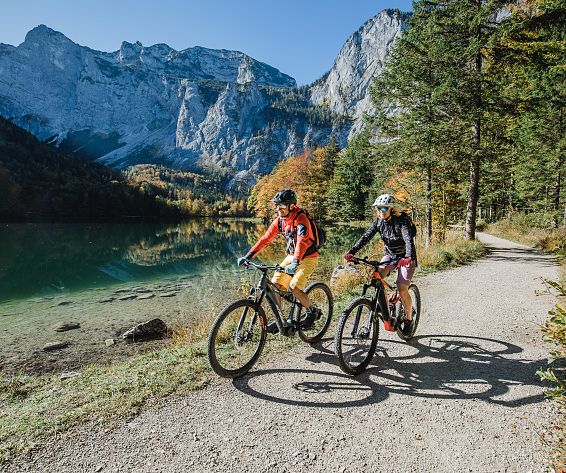
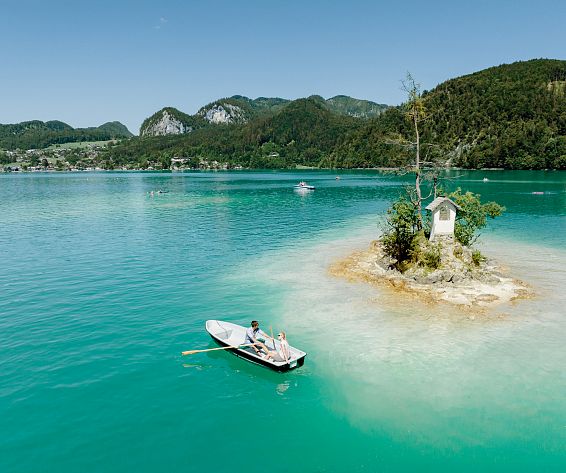
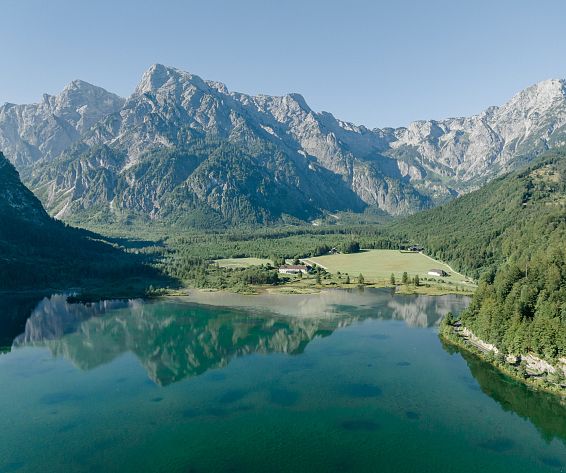
The power of the lakes: turquoise, clear and vibrant
What makes the Salzkammergut special is the diversity of its waters - in colour, shape and atmosphere. There is the Attersee, large, clear and open, almost maritime. Lake Fuschl, small and turquoise, like something out of a glacier painting. Lake Hallstatt, deep and mysterious, surrounded by steeply sloping walls. And in between: quiet bathing bays, rivers, moorland lakes, ice-clear tributaries. This water world not only characterises the landscape, it also influences the way you move around here - swimming, paddling, walking along the banks or running through the adjacent terrain. Those who glide across the mirror-smooth Mondsee on a SUP early in the morning or dive into the Offensee after a long tour experience water as part of a holistic training space.
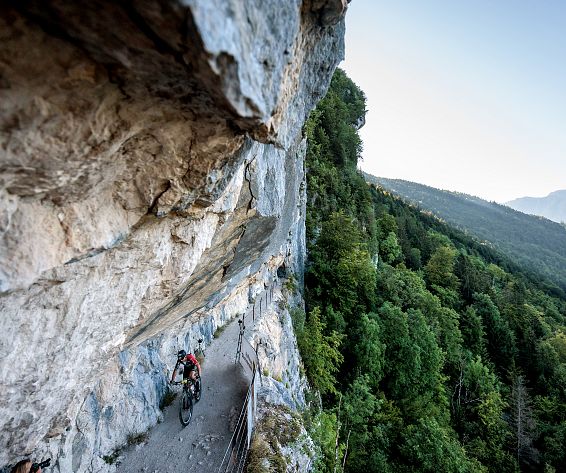
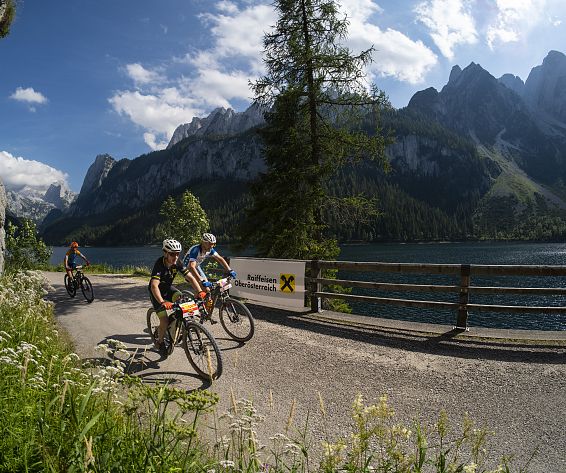
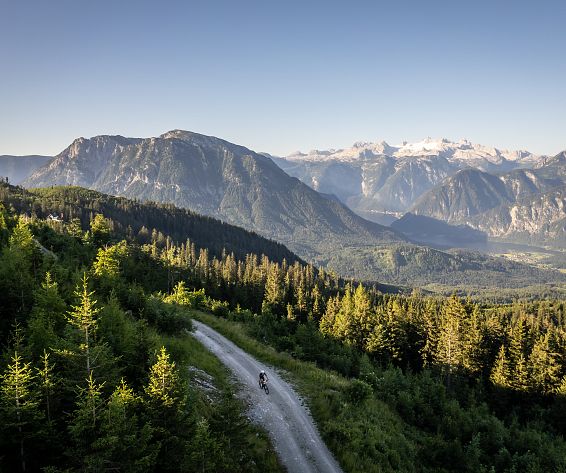
Mountain biking with vision and calf power
Many people only realise that the Salzkammergut is also one of the most important mountain bike regions in the Alps when they are there. The Salzkammergut Trophy starts in Bad Goisern every year - the largest MTB race in Austria, with distances of up to 210 kilometres and over 7,000 metres of altitude. But the region also offers an extensive network of routes away from the race track: flowing alpine laps, challenging climbs into the Höllengebirge mountains, technical sections along the Ewige Wand. The Dachstein circuit is particularly impressive - an alpine classic that demands three daily stages and spectacular views from ambitious bikers. And for those who prefer a more relaxed ride, the signposted BergeSeen eTrail with E-MTB offers a well thought-out alternative - with over 600 kilometres of riding pleasure, divided into ten stages.
For all those who like to get lost outdoors
The diversity of the terrain makes the Salzkammergut not only exciting for cyclists. Trail runners, hikers, mountaineers and climbing enthusiasts will also find their terrain here. The Schafberg, with its historic cog railway, is just as popular as the Drachenwand, which rises above Lake Mondsee with its striking silhouette. In the early hours of the morning, climbers are often out and about there, while hikers head for the peaks of the Höllengebirge or warm up along the Langbathsee lakes. The routes vary between gentle and challenging, between forest path and ridge - always with the water in sight, always with room to breathe.
History that remains tangible
It is no coincidence that the Salzkammergut also has cultural substance. In Hallstatt, the eponym of the European Hallstatt culture, history goes back to the early Iron Age. The salt that has been mined here for over 3,000 years has not only shaped landscapes, but also societies. Anyone walking through the alleyways of Hallstatt or along the paths around the salt mine today can sense this long timeline. And in Bad Ischl, the former summer residence of Emperor Franz Joseph, the past lives on - not nostalgically, but as part of a living identity. The region knows how to tell history without falling into folklore. Lived craftsmanship, genuine customs, regional festivals - here, tradition is not a performance, but part of everyday life.
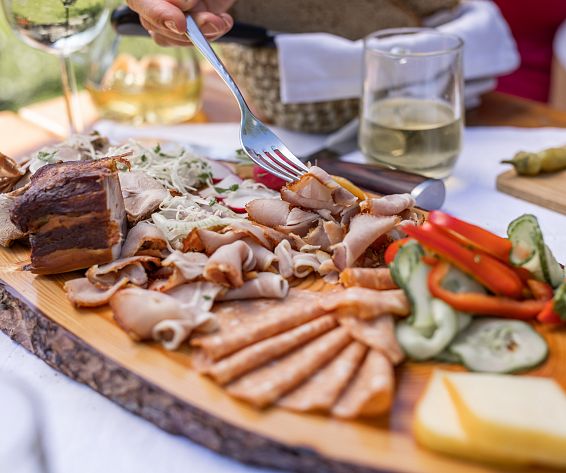


Regional on the plate, honest in flavour
These roots can also be seen on the plates. The abundance of fish in the lakes is reflected in the region's cuisine: char, trout, pikeperch - often freshly caught, sometimes classic, increasingly creative. Cuisines such as that of the Bootshaus am Traunsee combine product quality with innovative lightness. But you can also get honest, well-made dishes on the mountain pastures or in traditional inns such as the Hütteneckalm near Bad Goisern or the Koppenrast near Hallstatt - without chichi, but with attitude. Anyone looking for regional cuisine that knows where it comes from will be full and satisfied here.
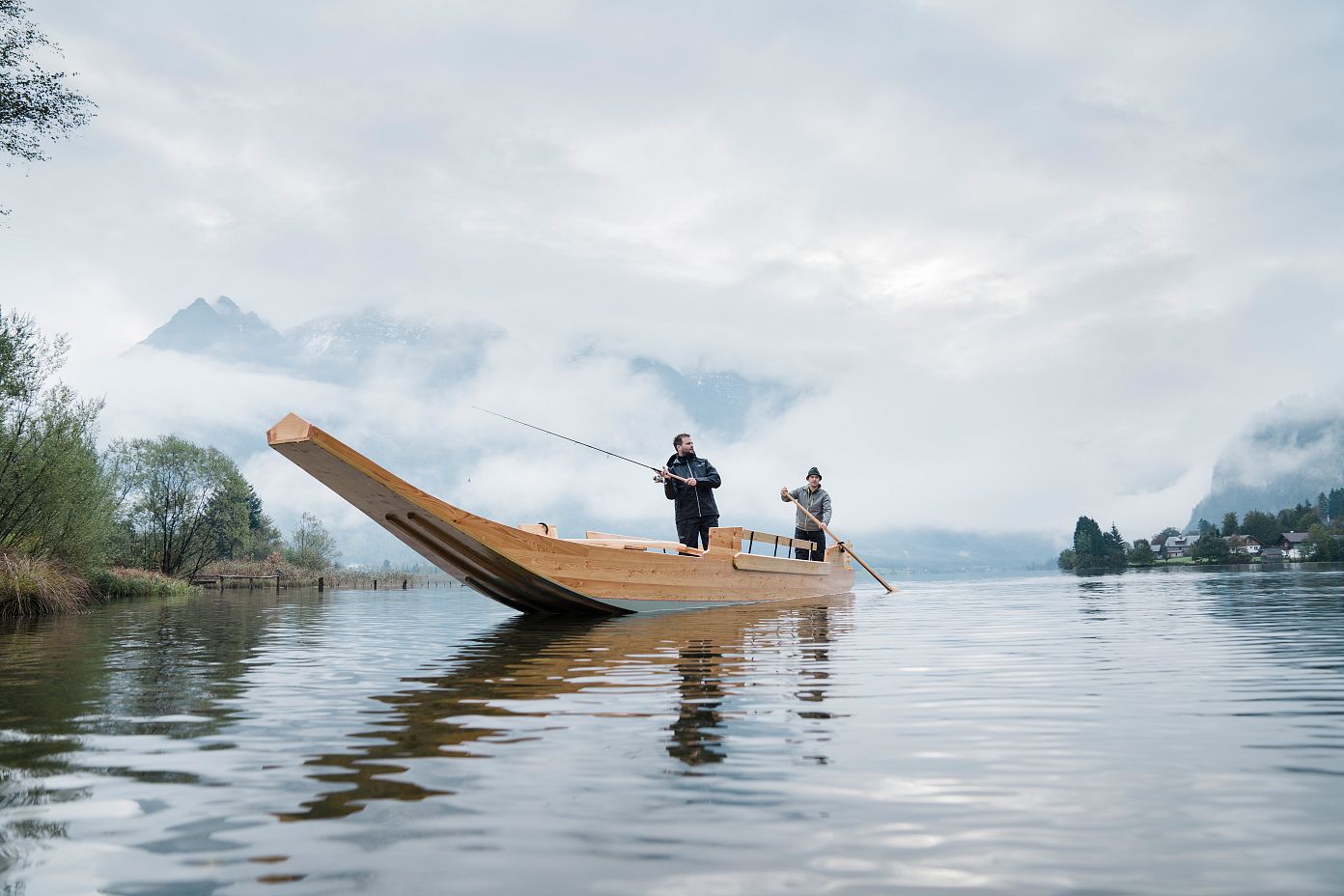
A landscape that lives in balance
Ultimately, what makes the Salzkammergut special is its ability to maintain a balance - between recreation and exertion, between culture and nature, between far-sightedness and rootedness. It is a region where you can gain metres in altitude without losing the ground beneath your feet. Where, after a tough stage, you don't just take away sore muscles, but also a bit of clarity. And where movement is always more than just progress: It becomes an encounter - with the landscape, with history and sometimes even with yourself.
Pictures: Upper Austria Tourismus GmbH @MoritzAblinger, @Katrin Kerschbaumer, @Robert Maybach, @MichaelGroessinger, Wolfgangsee Tourismus
